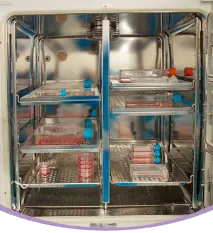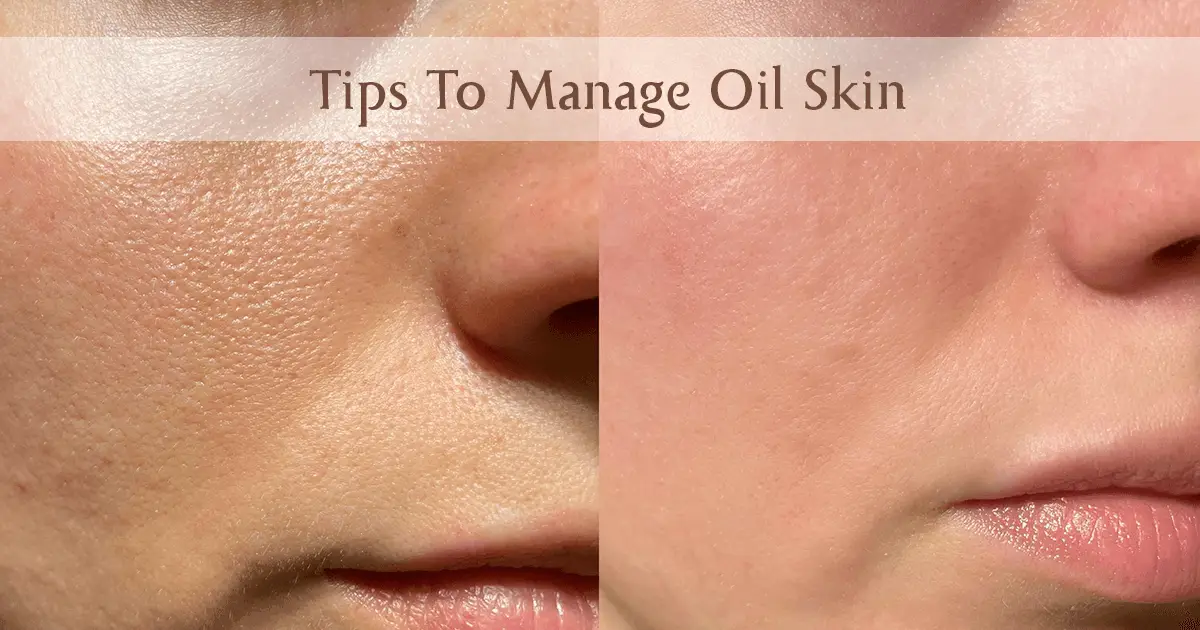
Blood Circulation

What Are HUVEC Cells & Why We Use Them?
How We Test The Angiogenic Effect Effect Of Our Products?

Plating Cells On The Basement Membrane Extract

The first step involves suspending three sets of cells in basal membrane extracts (BME). BME is an extracellular matrix hydrogel that acts as a basement membrane for the HUVEC cells. It maintainstissue integrity, serves as a barrier between cells and proteins, transduces mechanical signals, and stores various growth factors & enzymes. The first set of cells is a untreated control that contains an endothelial medium without any angiogenic supplement. The second set is a positive control that contains endothelial medium along with angiogenic supplements. The third one has an endothelial medium with the test product.

Tube Formation

After the cells are plated on the BME containing laminin, collagen IV, entactin, and proteoglycans, tube formation begins to take place. HUVEC cells increasethe levels of MMP (a protein-breaking enzyme) that causes the breakdown of the basement membrane. The cells then proliferate and migrate toward the angiogenic stimulus. Finally, the cells reassemble and form new cell-cell contacts, which eventually leads to the formation of a new vessel lumen.

Measuring The Length Of Tube Formation

Tube formation begins in 2-4 hours, and reaches its peak at 6-8 hours. The three sets of cells are observed under and captured using phase contrast microscope. These imagesare then analyzed for the length of the tube formation through the ImageJ software.
What's The Final Result?
Pick From Our Range Of Tested Products Now
Blog
Product Related Topics







